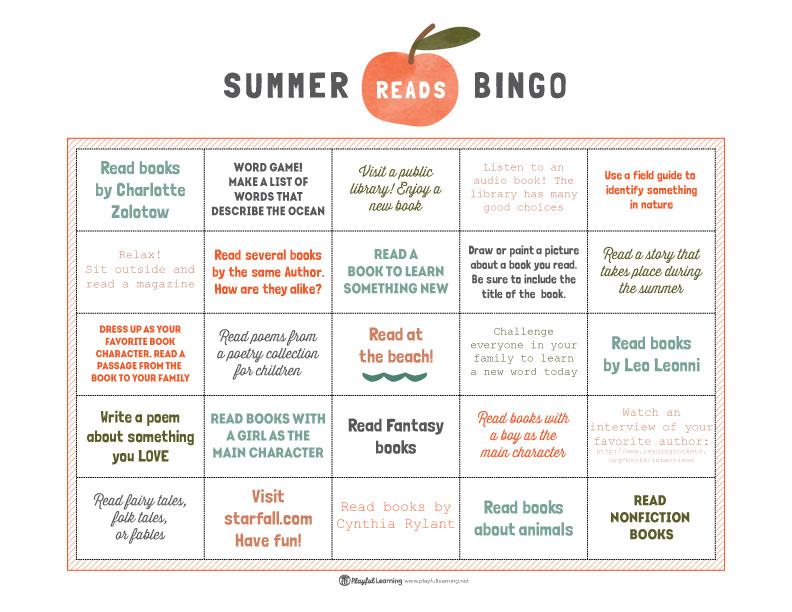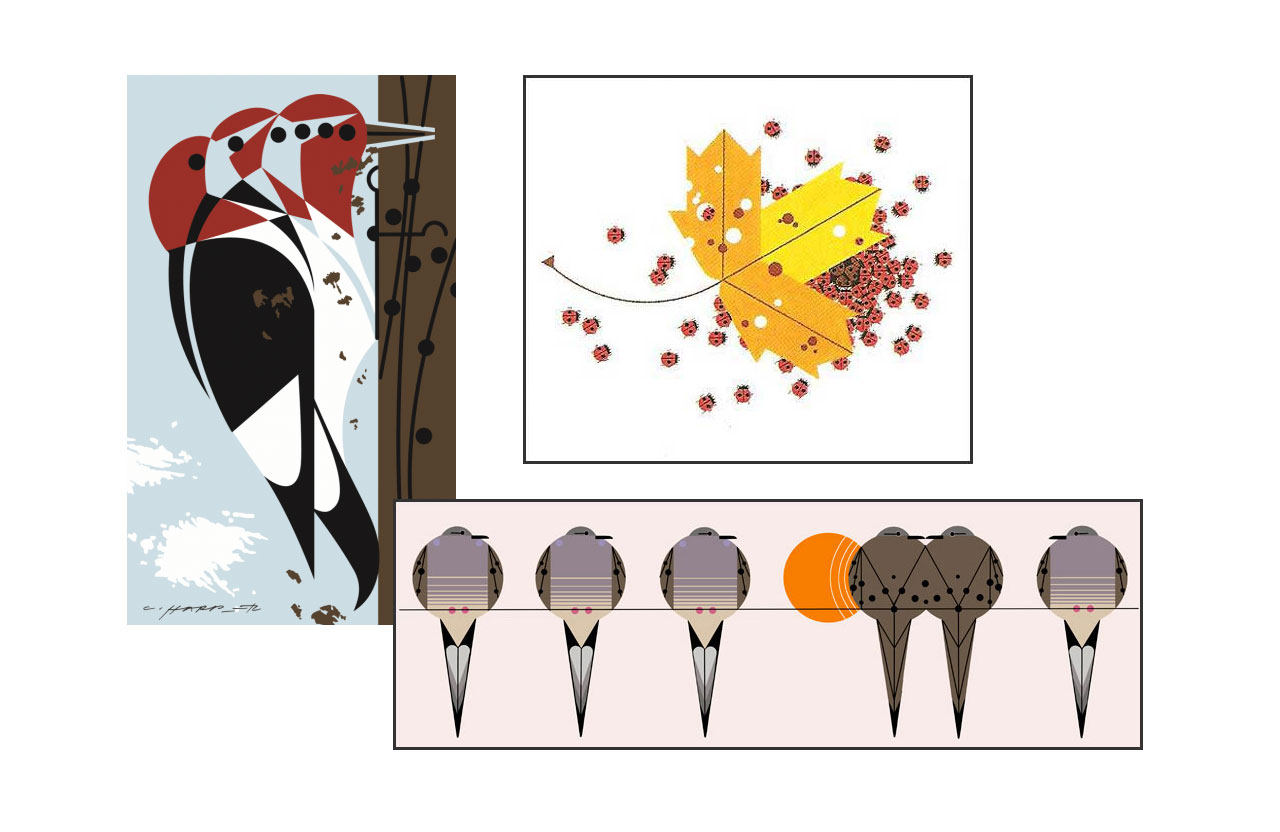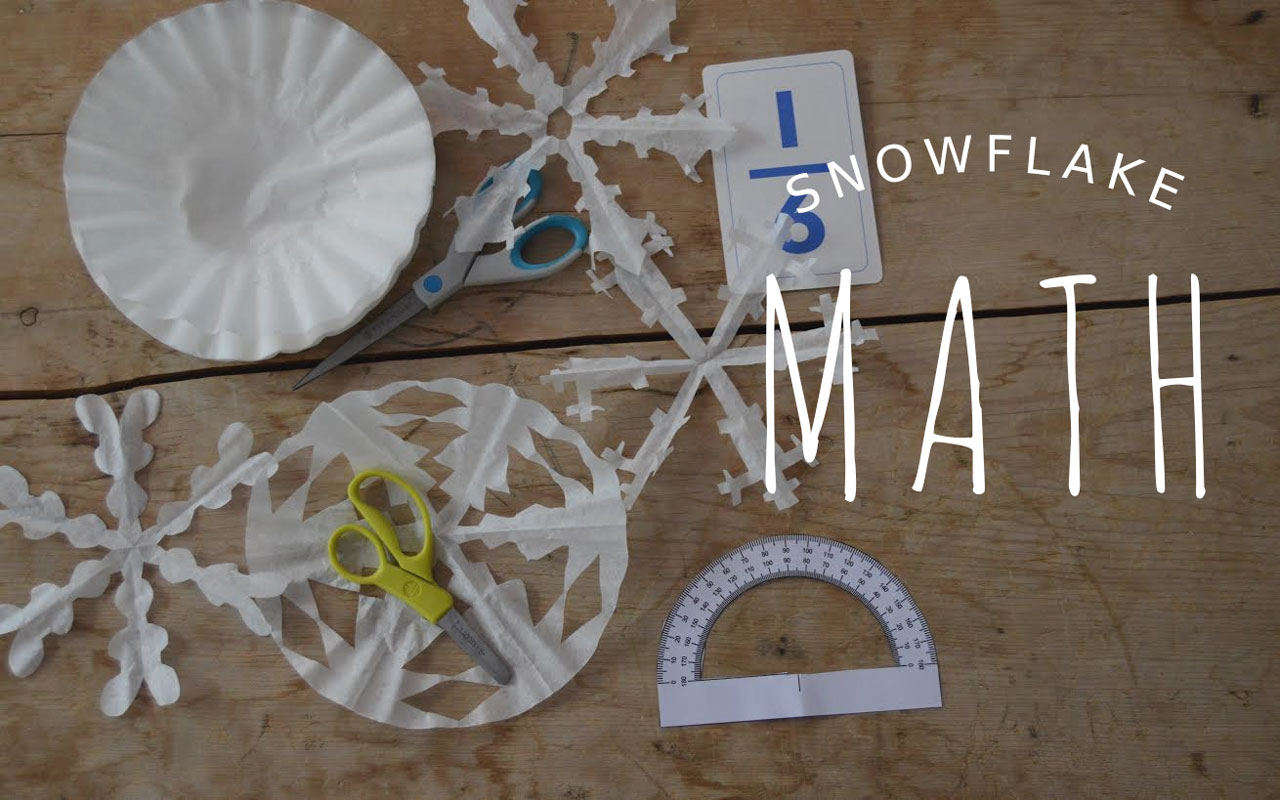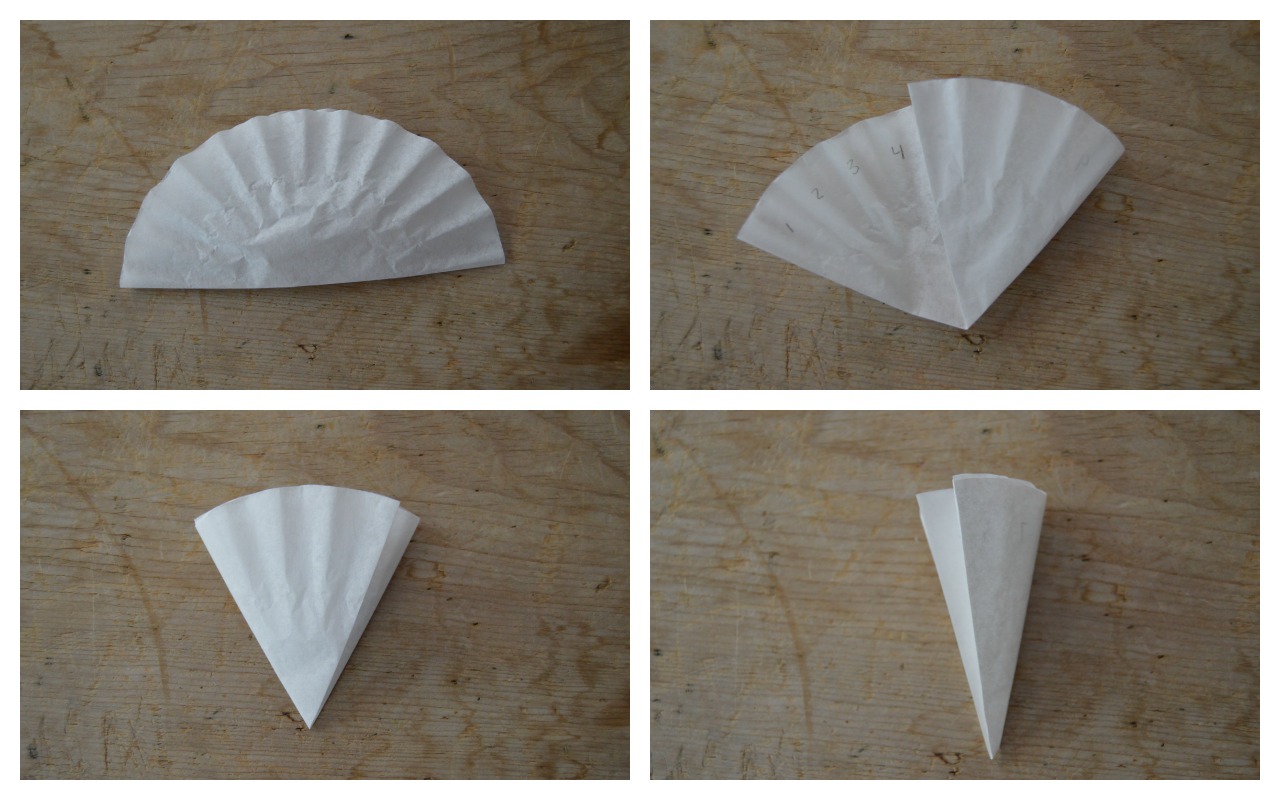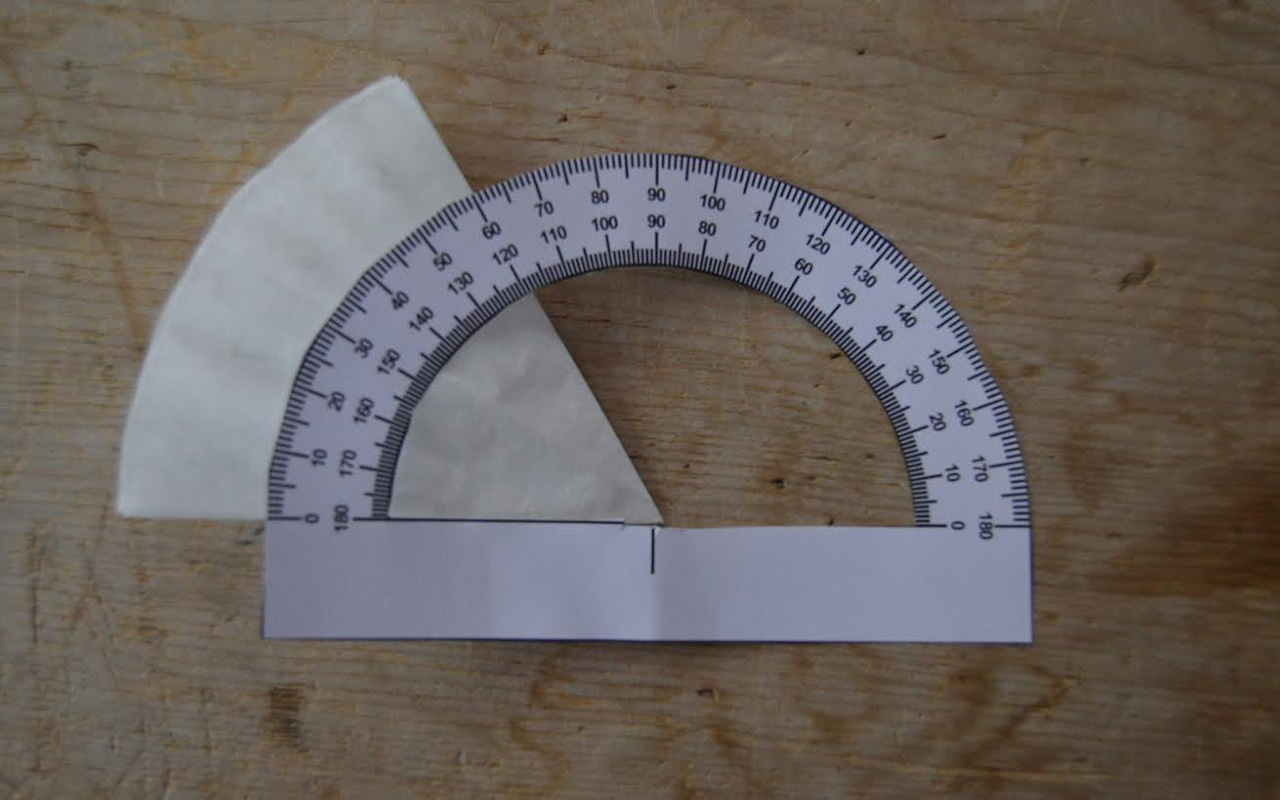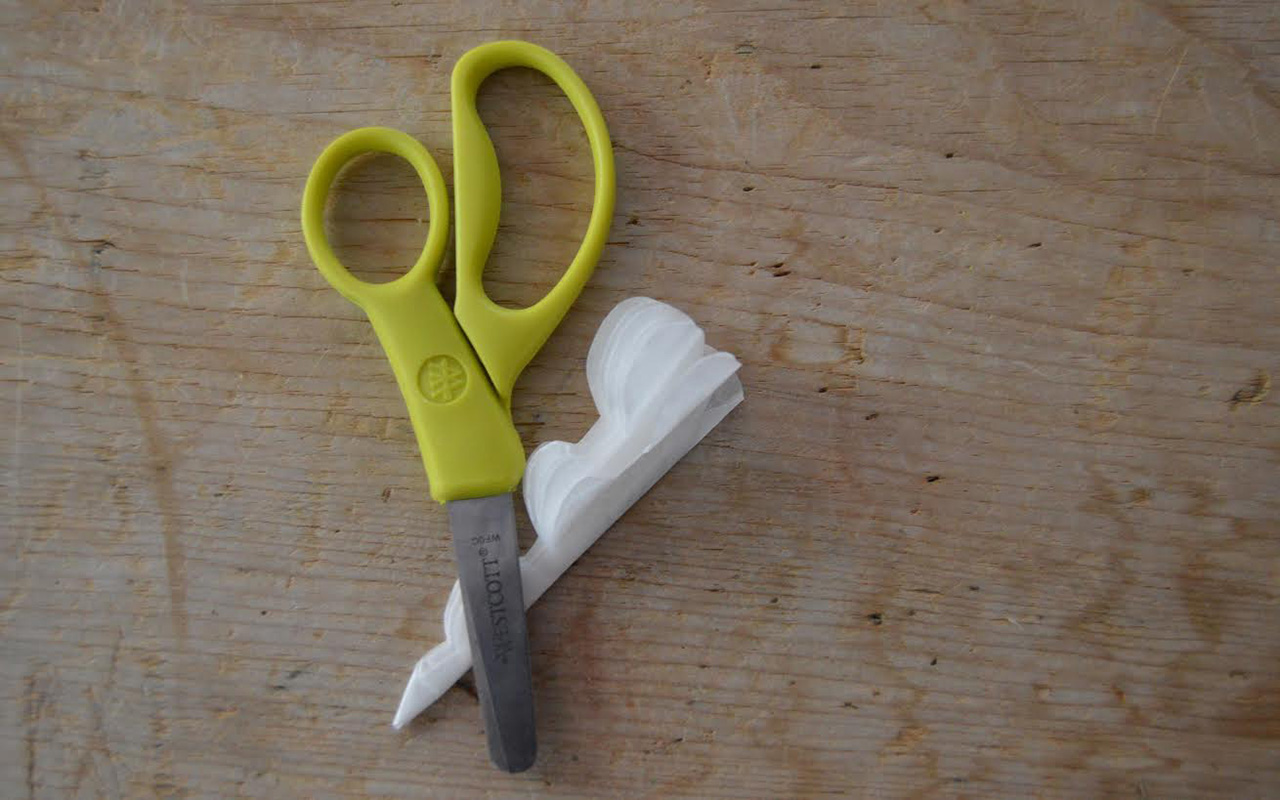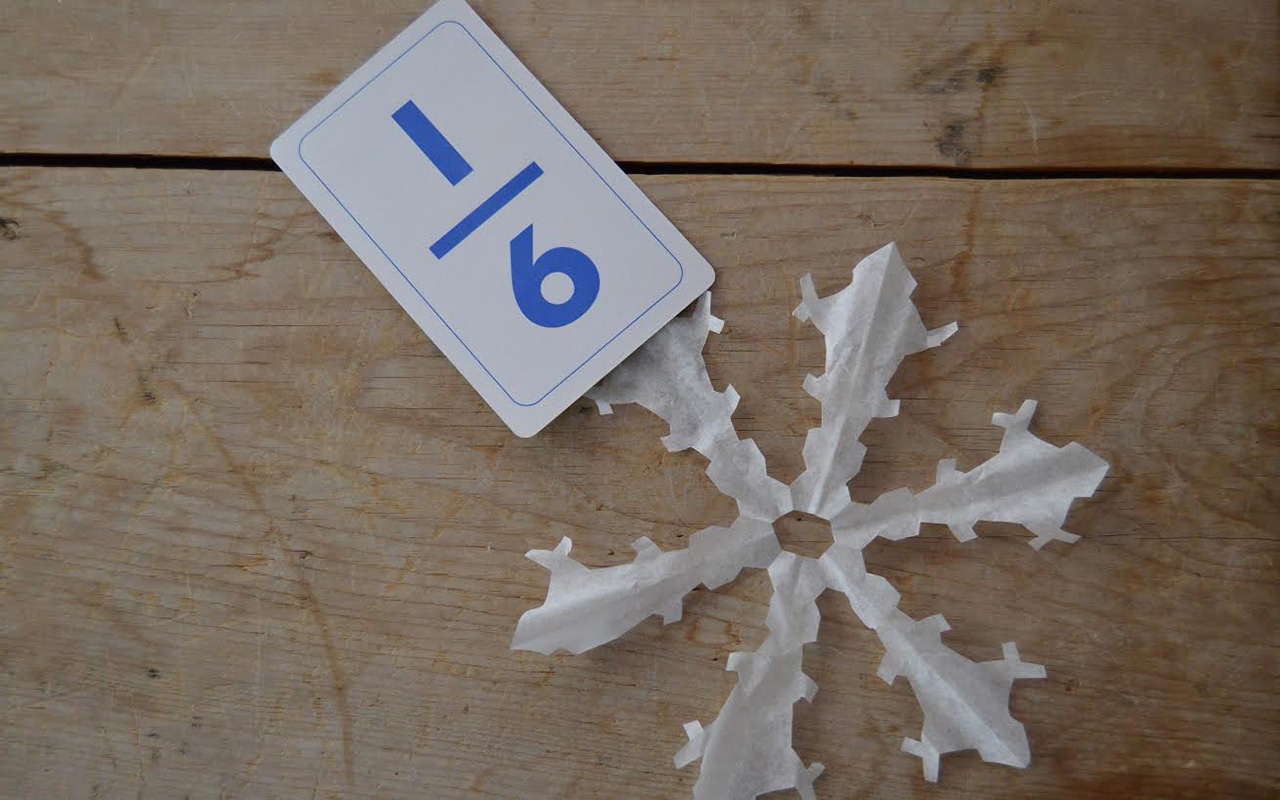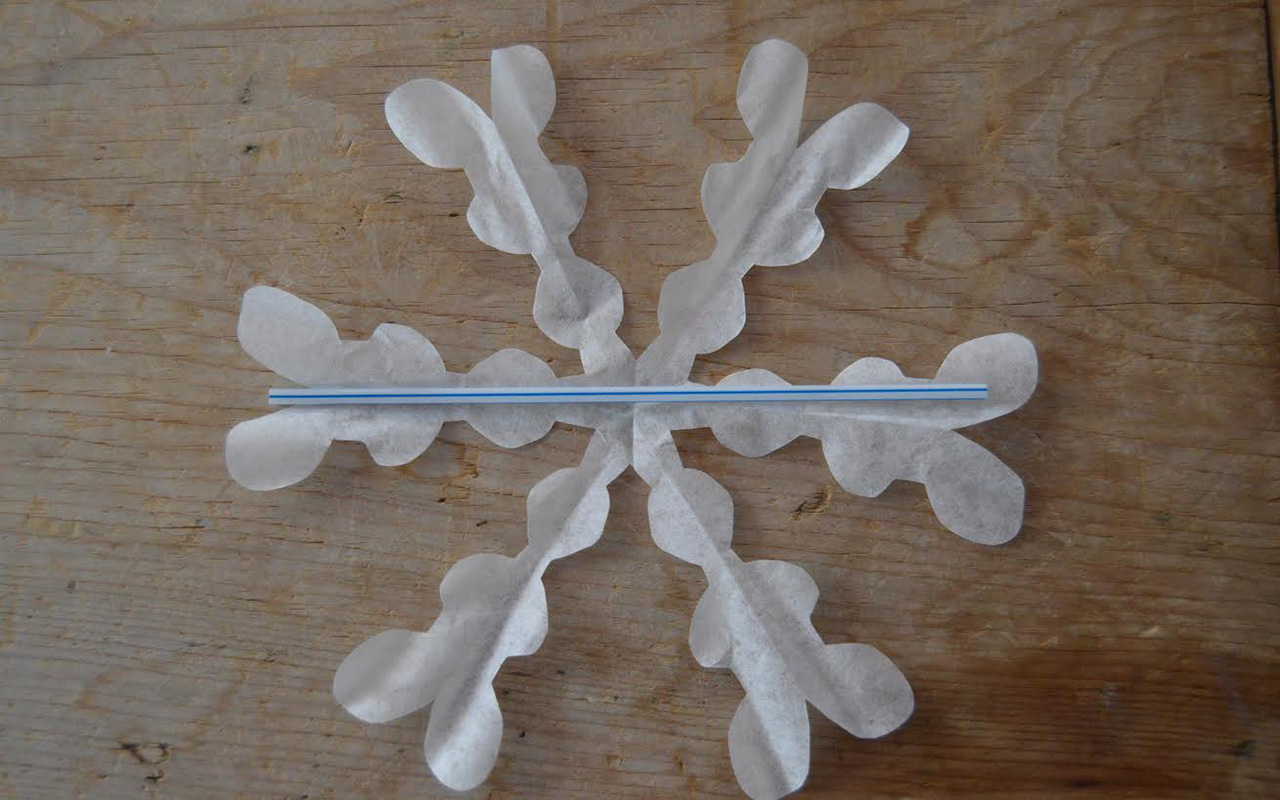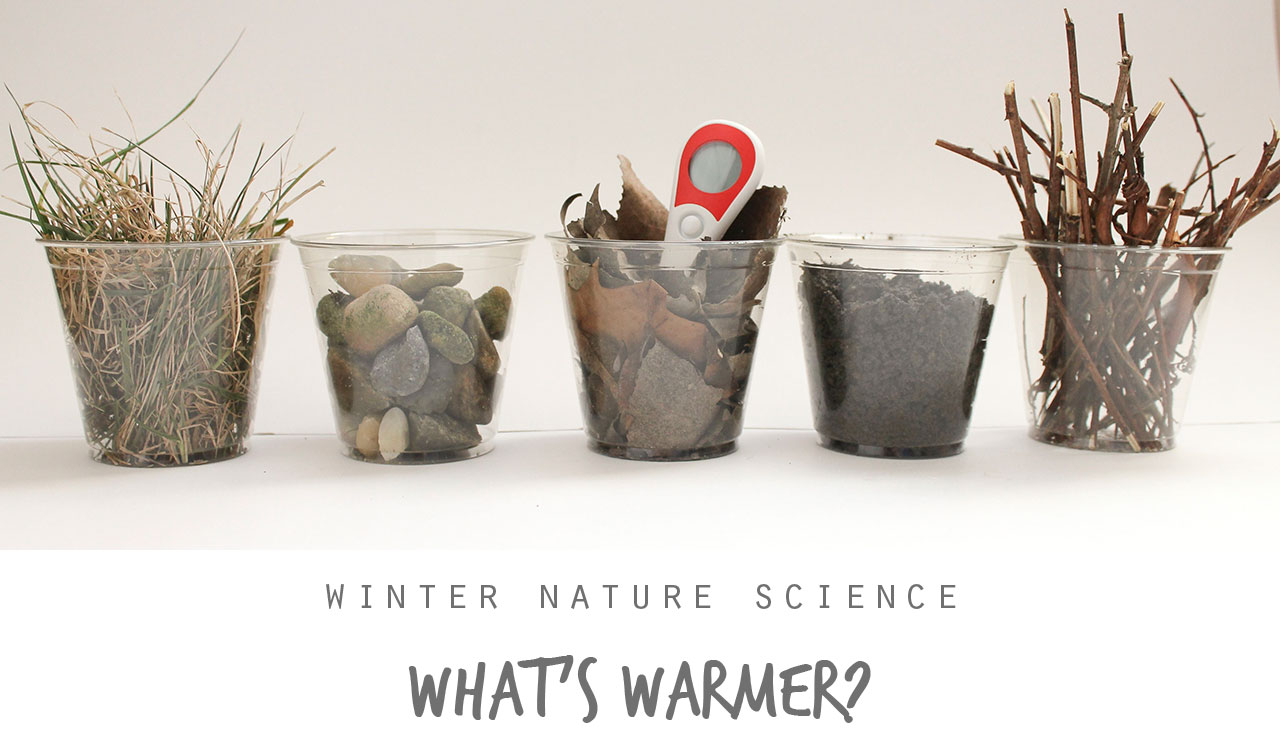Compare and Contrast: The Night Before Christmas

Merry Christmas To All, And To All A Good Book…
We have an abundance of Christmas books at our house. I love Christmas, I love books, perfect harmony! Of course, we have several versions of the classic Christmas poem, ‘Twas the Night Before Christmas. This poem, originally titled A Visit From St. Nicholas, has been told and retold thousands of times in just as many variations. It presents a perfect opportunity for a holiday literary exploration comparing and contrasting different versions. Choose three different Night Before Christmas Books, use the link above to the original poem, and our handy printable to investigate the similarities and differences. Your library should have a wonderful selection of Night Before Christmas books, with a variety of reading levels, any of them would be compatible with this activity. Here are a few suggestions to inspire your picks.
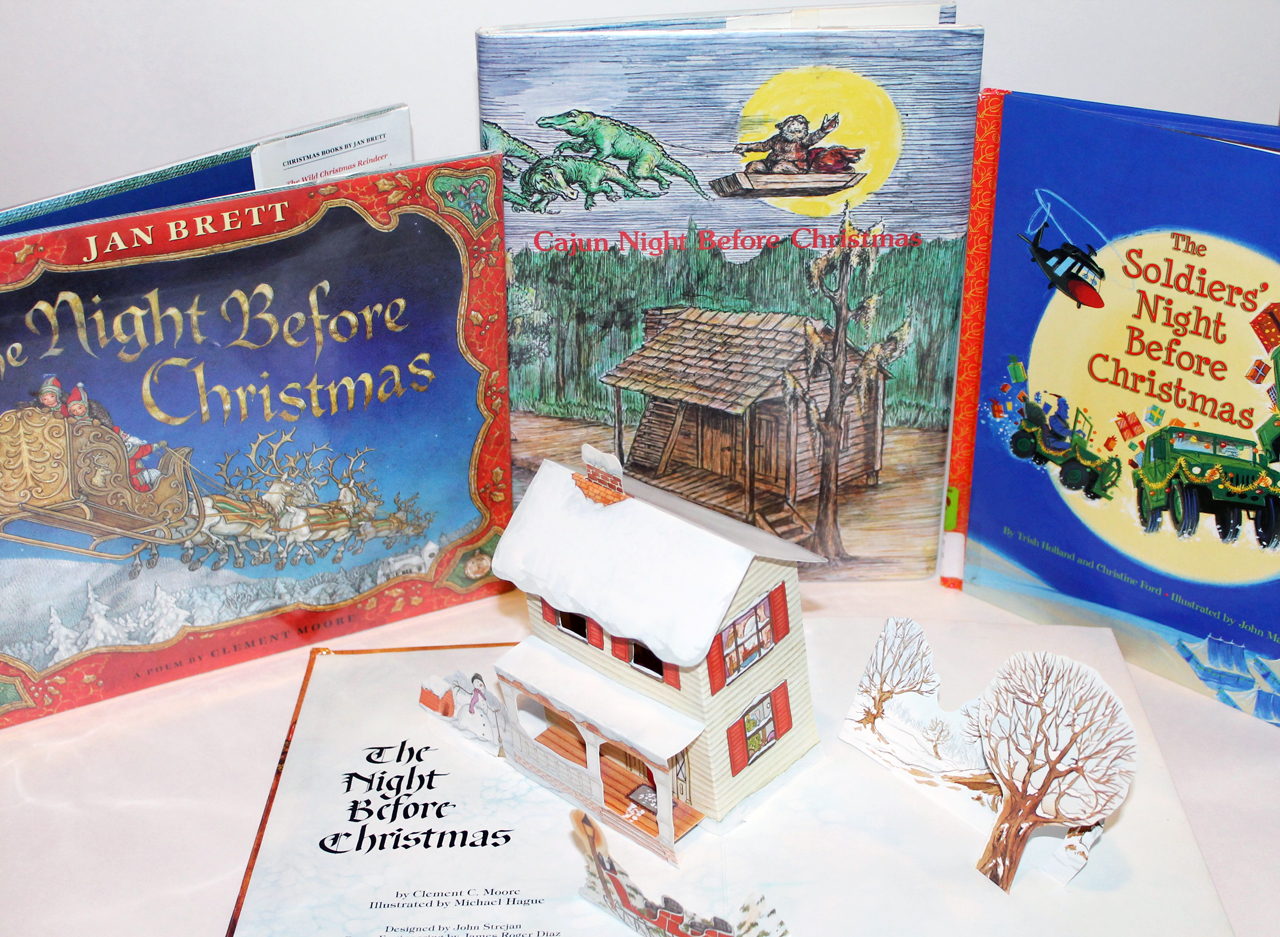
These books are notable because of their beautiful illustrations and because they stay true to the original poem.
- The Night Before Christmas: Jan Brett is an outstanding illustrator, and her version of the book is stunning. The main and surrounding pictures engage the reader in the poem on many levels.
- The Night Before Christmas Pop Up: Robert Sabuda is known for his amazing paper art in his pop up books, and this book is no exception. An older pop up book we own (shown in the picture above) is The Night Before Christmas illustrated by Michael Hague. You may be able to find this at your local library, my daughter loves pulling the tab to send Santa up the chimney!
- The Night Before Christmas: The Classic Edition: Illustrated by Charles Santore, this book is noteworthy because it has not changed the wording, and it also has a special fold out page.
If you are looking for something more unique, there are a plethora of books with distinctive twists on the original poem.
- The Soldier’s Night Before Christmas: With thanks to those who protect us, the ending of this book seems perfect for our world today. “Happy Christmas, brave soldiers! May peace come to all!”
- The Pirate’s Night Before Christmas: Those who know me know I love pirates. For the child in you, or your child, you just can’t go wrong with this swashbuckling book.
- The Knights Before Christmas: This book is new this year, and is simply adorable. Three knights, Brave Knight, Polite Knight, and of course Silent Knight, find their castle has an invader, Santa Clause!
- The Cajun Night Before Christmas: This is a book from my childhood, gifted to me by dear family friends from Baton Rouge, telling the poem through a southern cultural lens. It is a part of The Night Before Christmas Series which includes versions such as a Teachers’, Racecar Driver’s, Alaskan, Hawaiian, Librarian’s, Nurse’s , Firefighter’s, Sailor’s, Irish, Cowboy, Gullah, and many more.
After investigating several books, try adding a digital spin to your exploration. I am a huge fan of the video creation site Animoto. You can sign up for a free trial on their website, and best of all, teachers can apply for a free subscription to Animoto Plus. I have used Animoto in the classroom, and my students loved creating projects with it. Animoto is so simple. You upload your pictures, add text, select music from their database, and the website does all the challenging work, producing it into a final video presentation. There is also an Animoto app available, which makes creating projects even easier since you can upload your pictures straight from your phone or tablet. Here is a sample Night Before Christmas video that I created.
I hope these activities add some fun holiday learning to your Christmas season. Merry Christmas to all, and to all a good night!
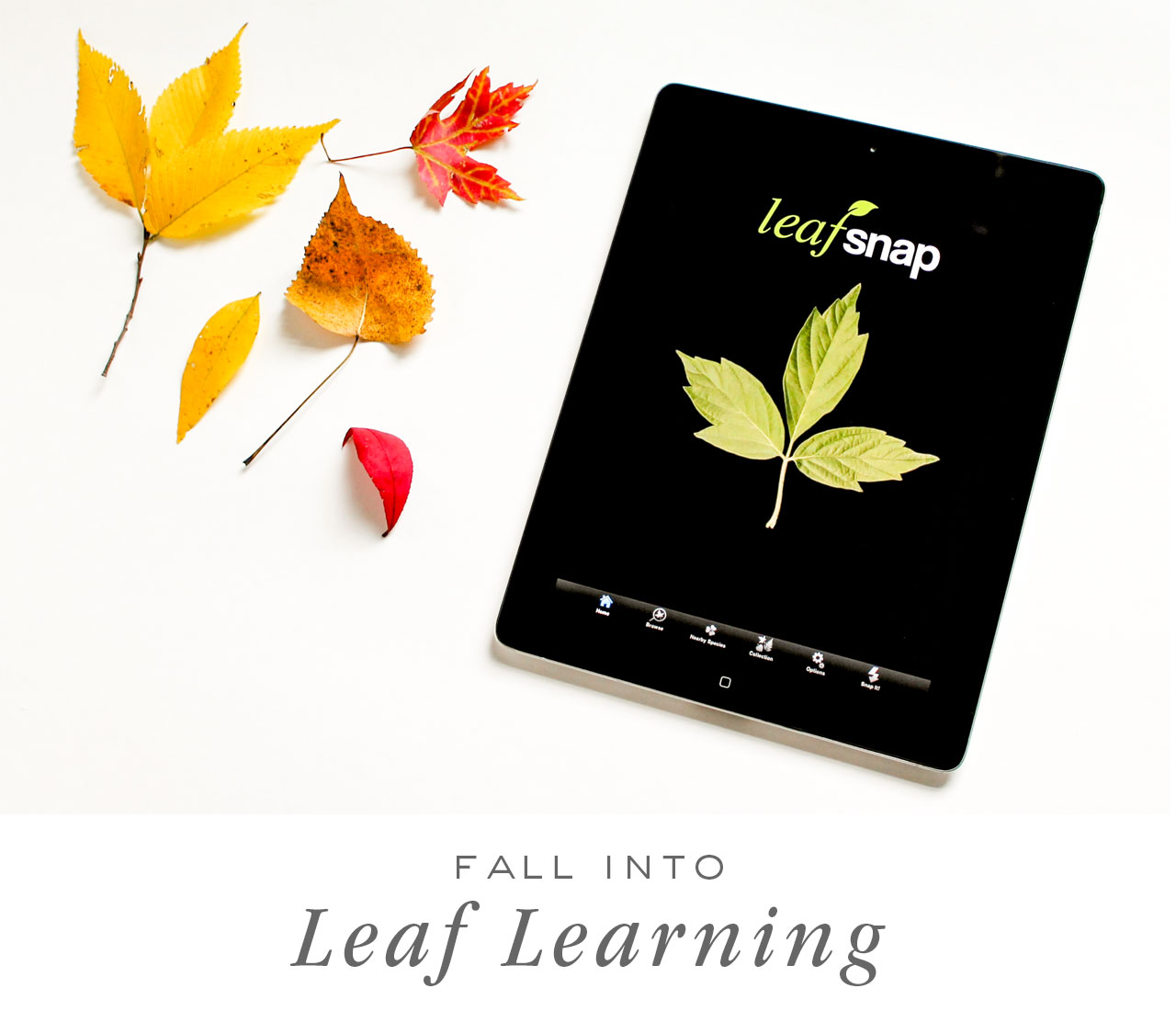
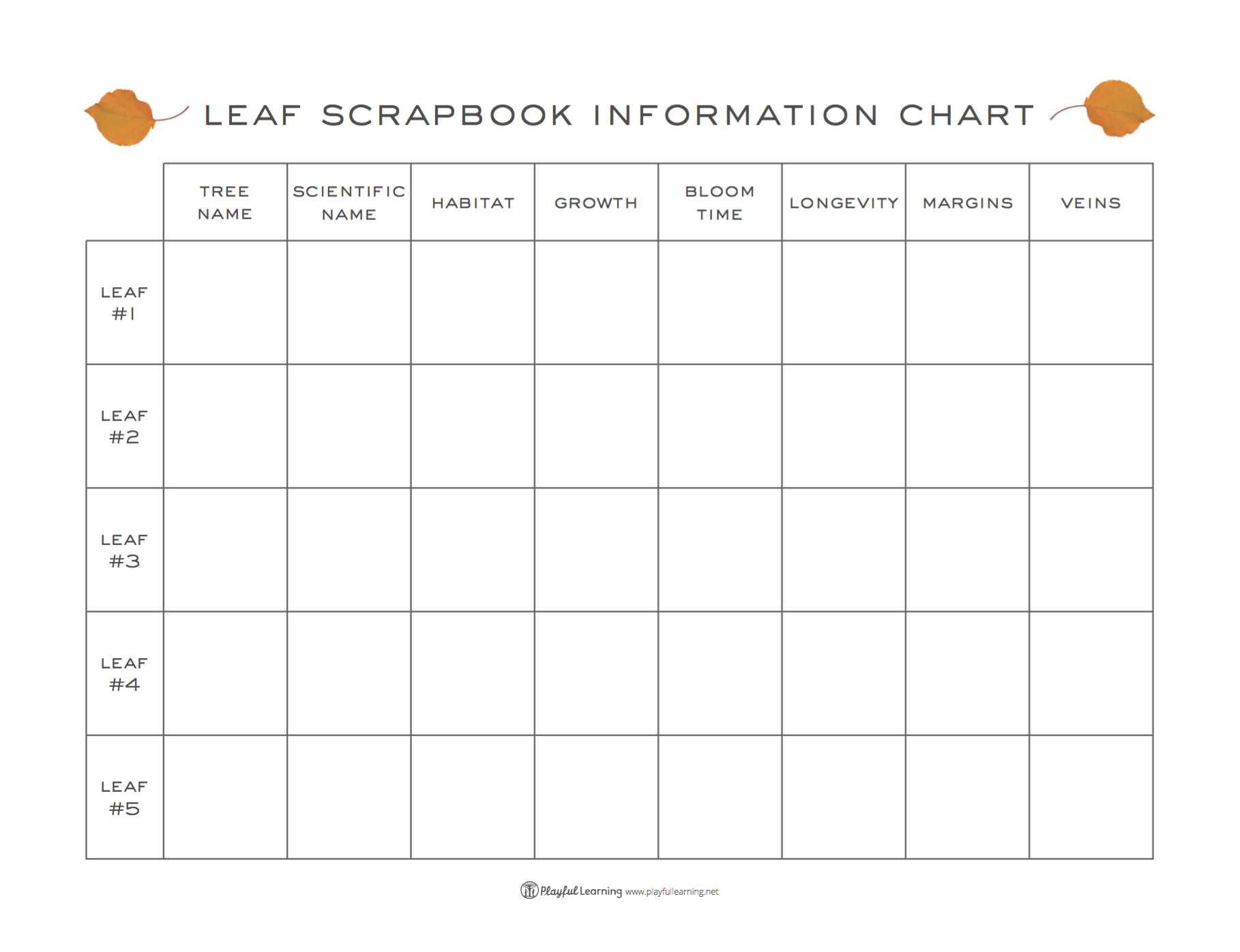
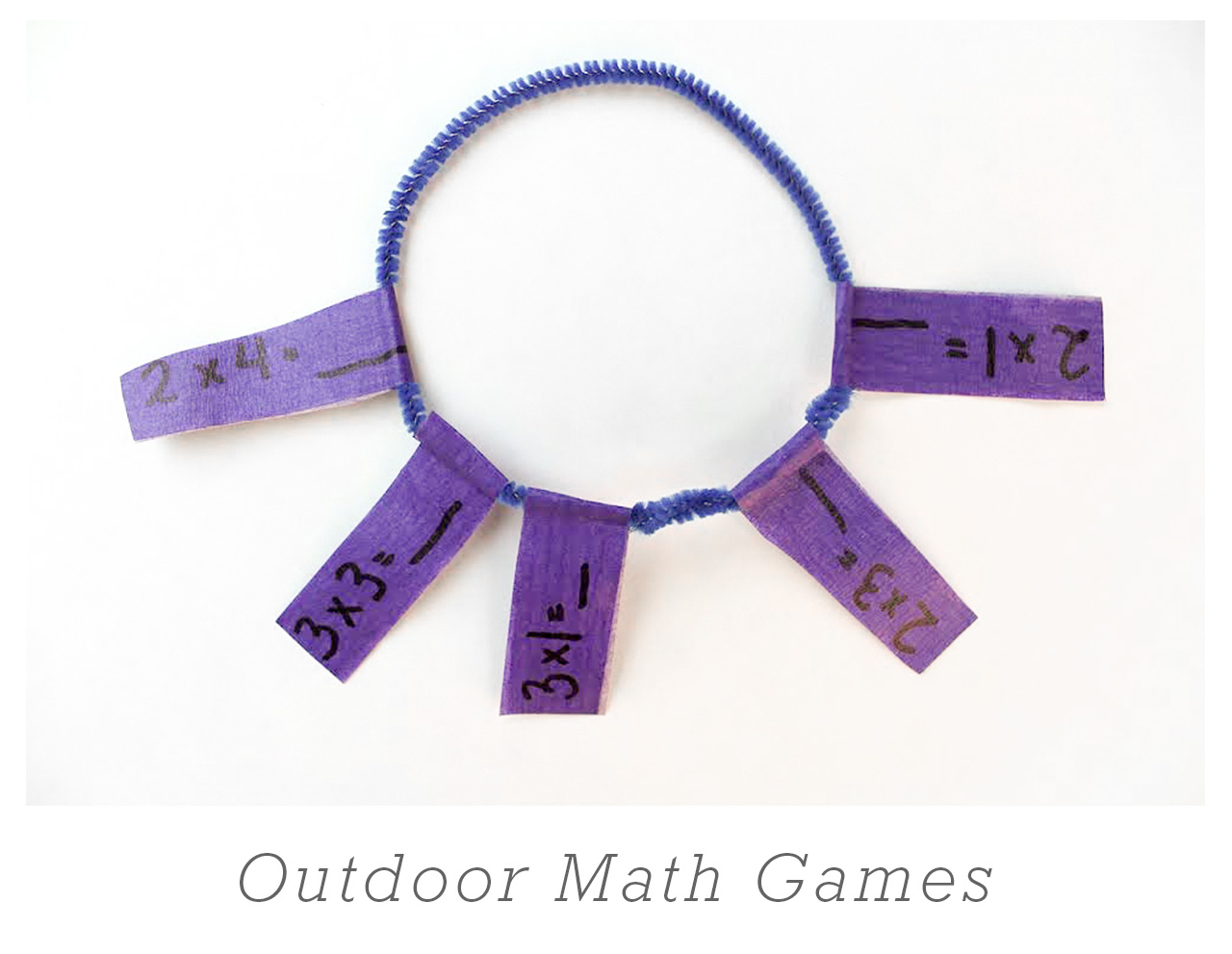
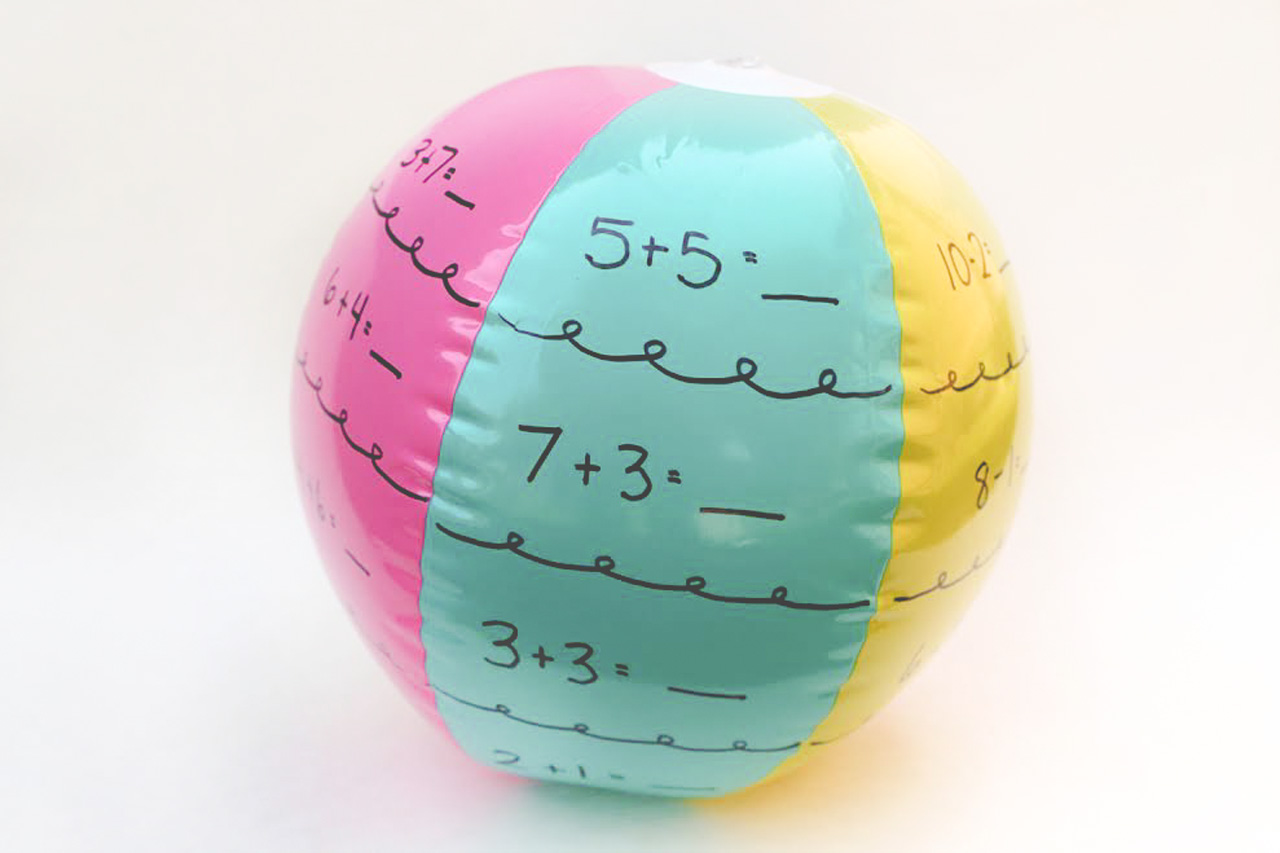
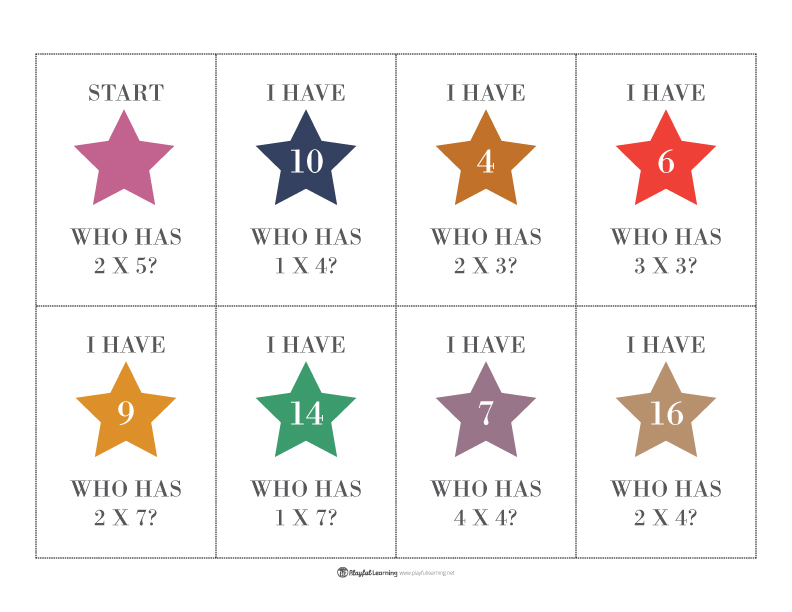
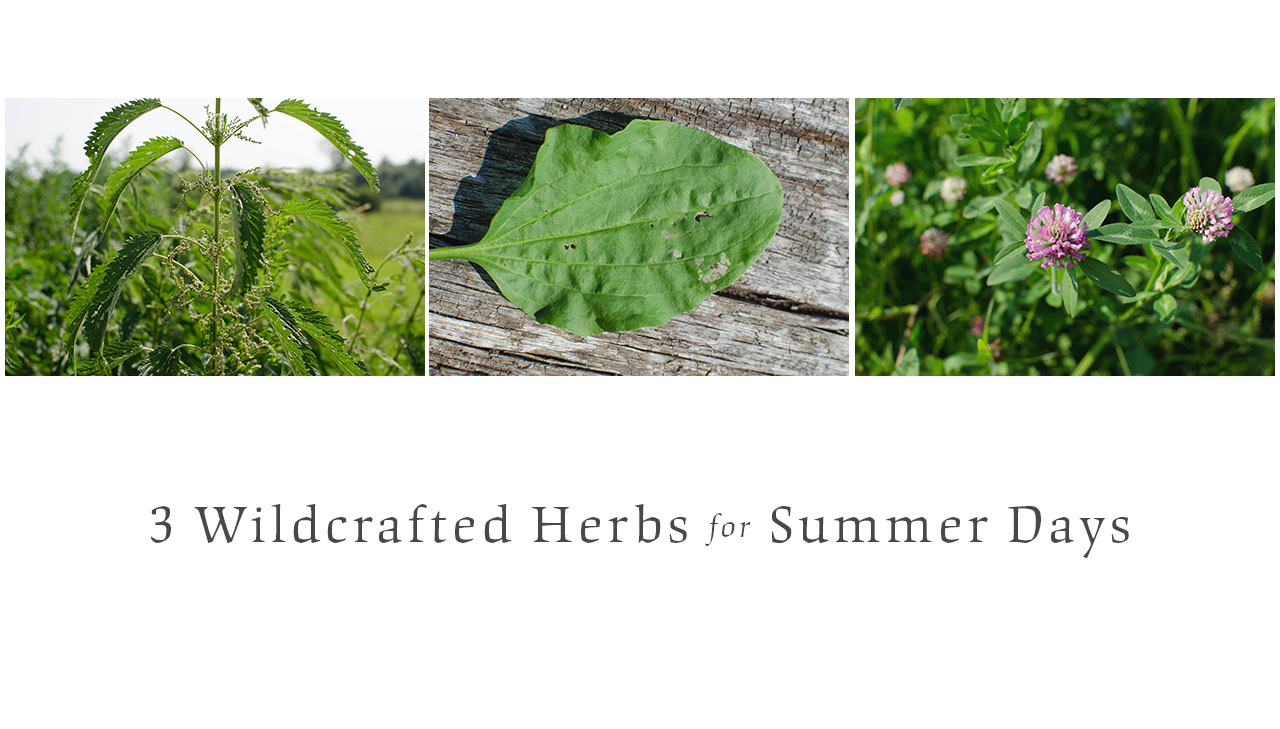



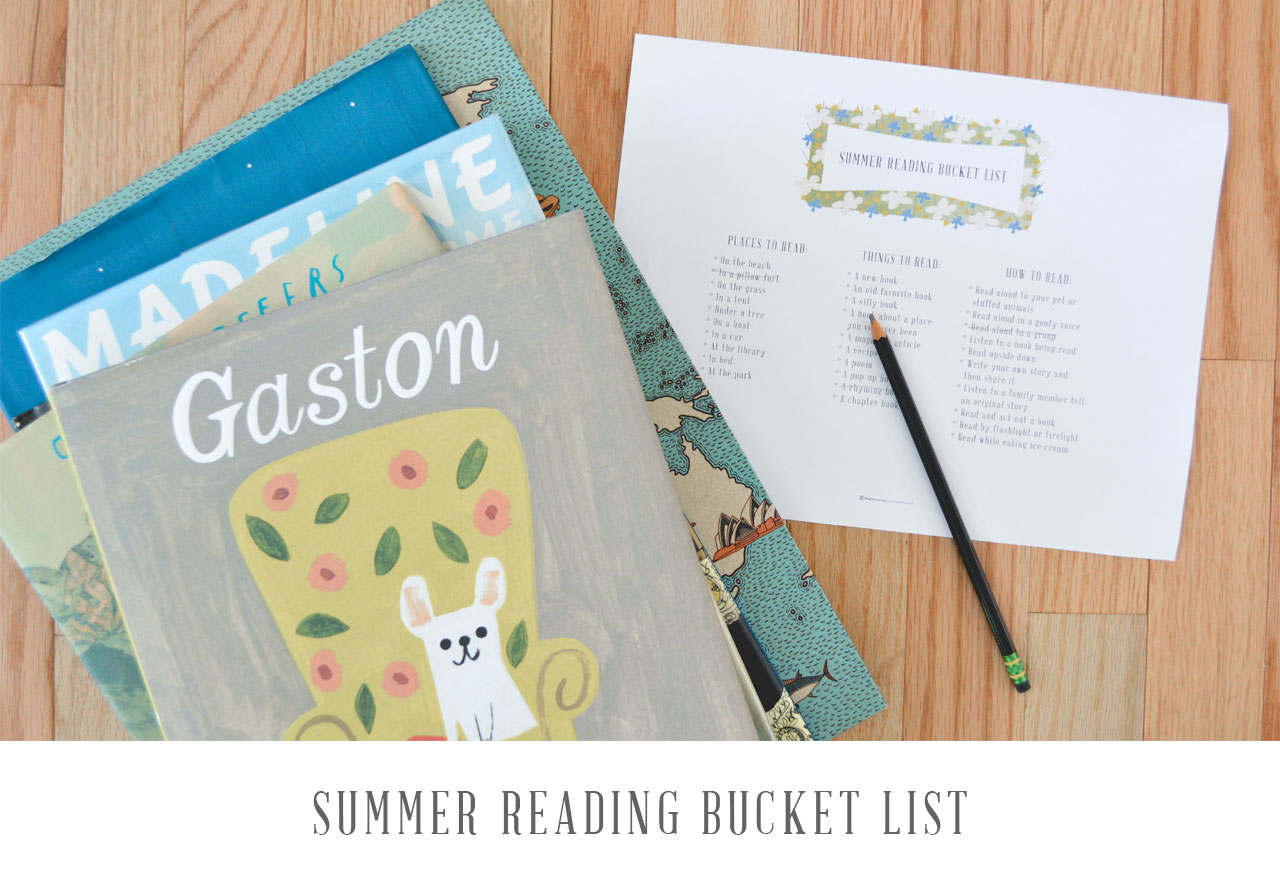 What is on your summer to-do list? It may be packed with adventures, getaways, and activities, but did the simple act of reading throughout the summer make your list?
What is on your summer to-do list? It may be packed with adventures, getaways, and activities, but did the simple act of reading throughout the summer make your list?
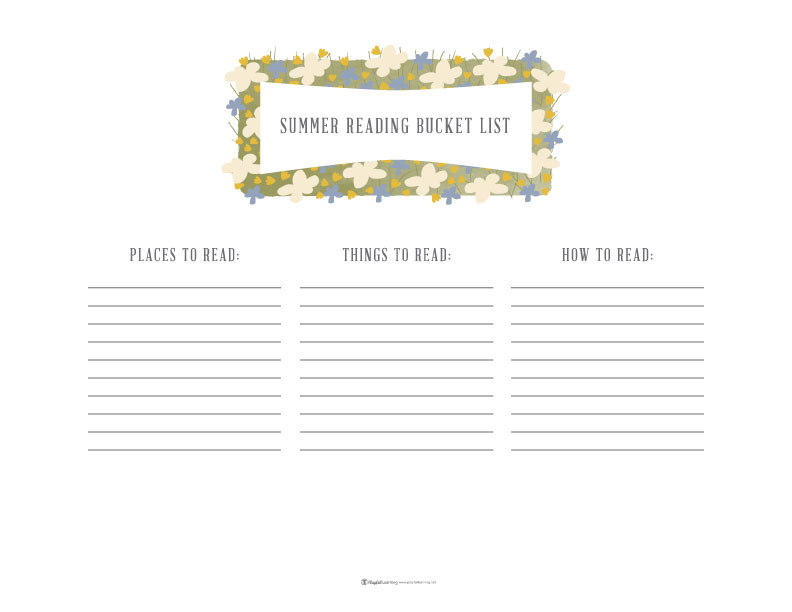
 Summer is here and we all want our children to read for pleasure over the next few months… Although, over the years, I have found that the requirement schools often have for children to read for any given number of minutes backfires. They become preoccupied about watching the clock, are not truly engaged with their book, and far worse, see reading as something that needs to be completed as quickly as possible. The clock becomes the focal point rather than the book at hand and eventually for some children their innate desire to read disappears.
Summer is here and we all want our children to read for pleasure over the next few months… Although, over the years, I have found that the requirement schools often have for children to read for any given number of minutes backfires. They become preoccupied about watching the clock, are not truly engaged with their book, and far worse, see reading as something that needs to be completed as quickly as possible. The clock becomes the focal point rather than the book at hand and eventually for some children their innate desire to read disappears.